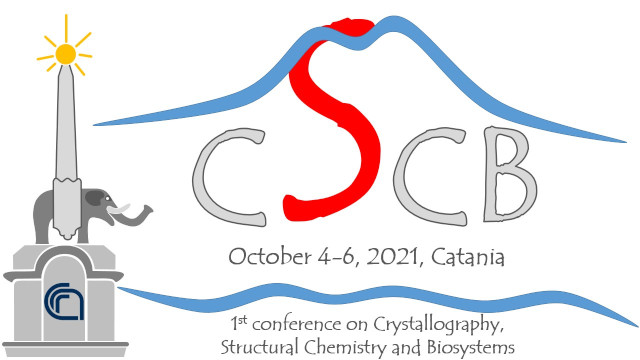Speaker
Description
MiRNAs, small, highly conserved non coding RNAs, directly regulate more than 60% of the entire human mRNAs.1 They are involved in the regulation of many biological processes as well as their dysregulation can lead to various human diseases.2 As a result, miRNAs represent an attractive class of molecules in drug development and diagnostic. Peptide Nucleic Acid (PNA)3 is an unnatural mimic of DNA/RNA made of a pseudo peptide backbone of N-aminoethyl glycine (aeg) unit instead of the sugar phosphate one. PNA showed high affinity/specificity binding to DNA/RNA and demonstrated excellent enzymatic resistance. We will show the employment of PNAs based molecules in two case studies: a) PNAs as a new class of analogues of tumor suppressive miRNA-34a4 b) PNAs as smart probes for multiple detection of circulating miRNAs.
In the first case, through an silico and experimental integrated approach new PNA based analogues of different length of tumor suppressive miRNA-34a, were realized (Figure 1A). Their interaction with two binding sites on the target MYCN mRNA was investigated by molecular dynamics simulation and spectroscopic techniques (CD, UV, NMR). Intake assay and confocal microscopy of PNA sequences were also carried out in vitro on neuroblastoma Kelly cells. PNA/RNA hetero duplexes, despite the presence of multiple mismatches, showed very interesting features in terms of stability/affinity as well as of cellular uptake. In the second case PNA based smart probes (fluorescent and electrochemical), were designed, synthesized and characterized by CD, UV, fluorescence spectroscopy. The smart probes were developed for the early diagnosis of pancreatic cancer and coeliac disease, for which a prompt and non-invasive diagnosis methodology is still missing.
References
- Bartel DP, Cell. 2009,136, 215–233.
- Kasinski AL, Slack FJ, Nat Rev Cancer. 2011;11, 849–864
- Nielsen PE, Eghoim M, Berg RH, Buchardt O. Science,1991; 254:1497–1500.
- Piacenti V. et al. Bioorganic Chemistry, 2019,91, 103165.

